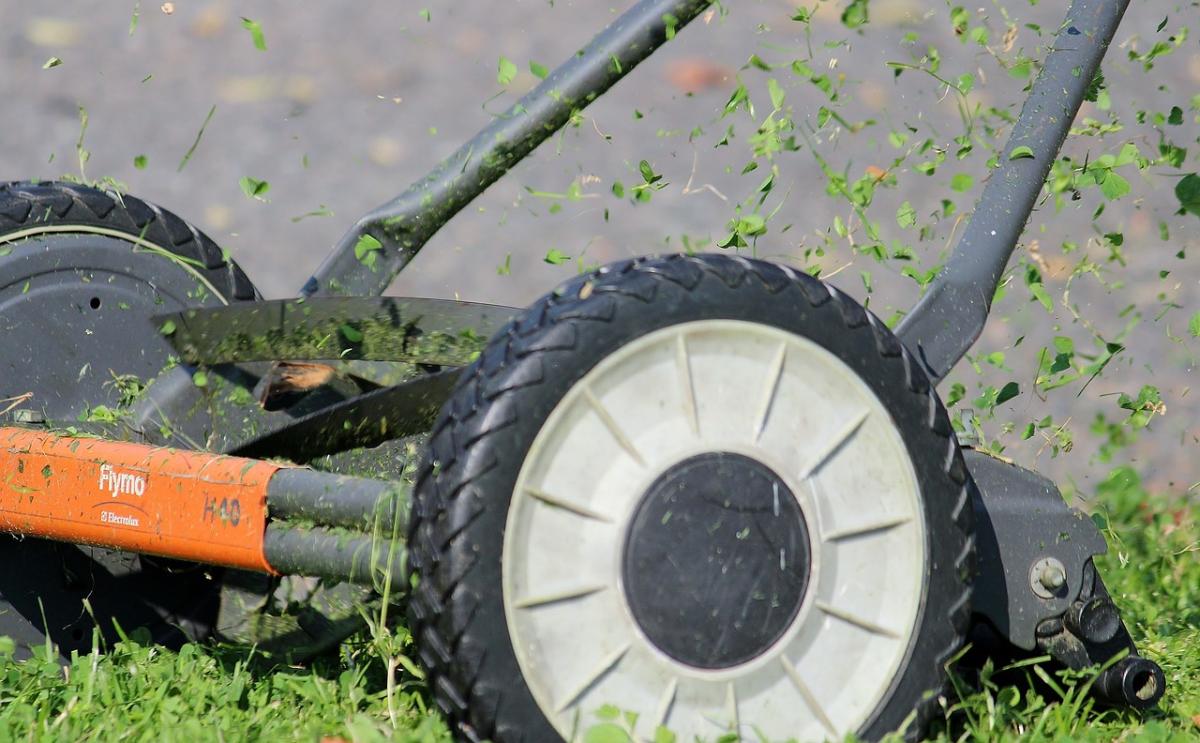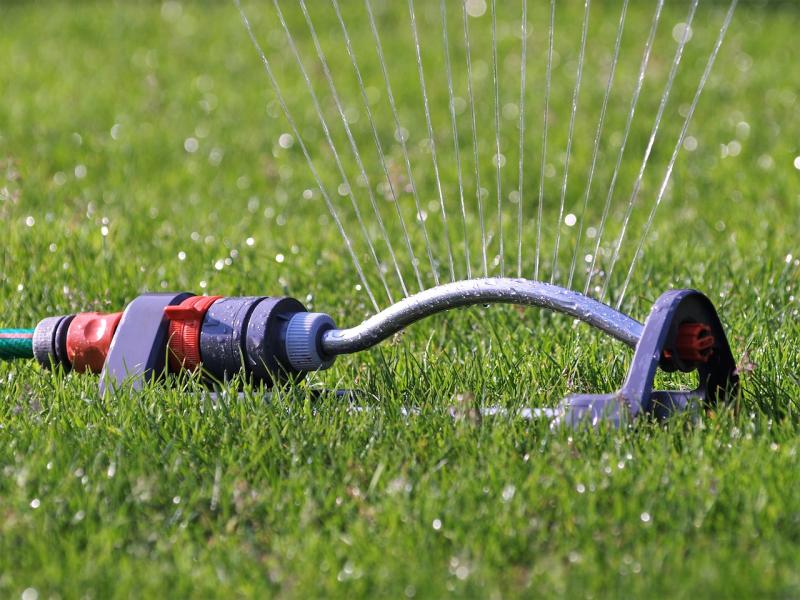Before modern lawnmowers were invented, people relied on various manual tools to maintain their lawns. One of the earliest lawn-cutting devices was the scythe, a curved blade attached to a long handle that was swung back and forth to cut grass. While effective, using a scythe required physical strength and endurance, making it a labor-intensive task.
Another early lawn-cutting device was the reel mower, also known as the cylinder mower. Invented in the early 19th century, this hand-operated mower had a cylinder of blades that rotated against a flat blade, cutting the grass as it was pushed across the lawn. The reel mower was a significant advancement in lawnmower history, as it made the task of cutting grass easier and more efficient.
As technology advanced, steam-powered lawn mowers were introduced in the late 19th century. These bulky machines were pulled by horses and used steam engines to power the cutting blades. While steam-powered mowers were more powerful than their manual counterparts, they were expensive and not very practical for the average homeowner. Nonetheless, they laid the groundwork for the development of the motorized lawnmowers that would come later in lawnmower history.
Invention of the Push Mower
Before the invention of the push mower, maintaining a lawn was a labor-intensive task that required a great deal of time and effort. With the push mower, however, homeowners were able to quickly and easily trim their lawns to the desired length, creating a more uniform and attractive appearance. This invention paved the way for further innovations in lawnmower technology, leading to the development of gas-powered and electric mowers.
Today, push mowers are still popular among homeowners who prefer a more environmentally friendly option for maintaining their lawns. While they may not be as powerful or fast as their gas-powered counterparts, push mowers are quieter, require less maintenance, and do not emit harmful emissions. The invention of the push mower was a game-changer in lawnmower history, and its impact can still be seen in the way we care for our lawns today.
Rise of Gas-Powered Models
One of the key advantages of gas-powered lawnmowers was their increased cutting capacity. With their powerful engines, these models could tackle larger areas of grass with ease, making them ideal for expansive lawns and landscapes. Additionally, gas-powered lawnmowers required less physical exertion on the part of the user, allowing for quicker and more thorough lawn maintenance. This shift towards gas-powered models also paved the way for further innovations in lawnmower technology, leading to the development of features such as self-propelled mechanisms and electric start options.
As gas-powered lawnmowers gained popularity, manufacturers began to focus on improving their design and performance. From advancements in engine efficiency to upgrades in cutting blade technology, these models continued to evolve to meet the growing demands of consumers. This period of innovation marked a significant chapter in lawnmower history, solidifying gas-powered models as the go-to choice for homeowners looking to achieve a pristine and well-maintained lawn. Today, gas-powered lawnmowers remain a staple in yards across the country, carrying on the legacy of their groundbreaking predecessors.
Modern Lawnmower Innovations
In the world of lawn care, technology has played a key role in evolving the way we maintain our outdoor spaces. From the earliest manual push mowers to the advanced robotic mowers of today, lawn mower history has seen a great deal of innovation over the years.
One of the most significant advancements in modern lawnmower technology is the development of battery-powered mowers. These eco-friendly machines offer a quieter and more convenient alternative to traditional gas-powered models. With rechargeable lithium-ion batteries, these mowers provide ample power to tackle even the toughest of grassy terrains.
Another notable innovation in lawnmower design is the introduction of zero-turn mowers. These agile machines allow for greater maneuverability and efficiency when cutting grass, thanks to their ability to make tight turns and navigate around obstacles with ease. This has revolutionized the way professionals and homeowners approach lawn care, making the task quicker and more enjoyable.
Robotic mowers represent the cutting edge of lawnmower technology. These autonomous machines use sensors and GPS technology to navigate your lawn, cutting grass with precision without any effort on your part. The convenience and efficiency of these devices have made them increasingly popular among homeowners looking to simplify their lawn maintenance routine. Lawnmower history is a testament to the evolving nature of technology, and these modern innovations are just the beginning of what we can expect to see in the future.



